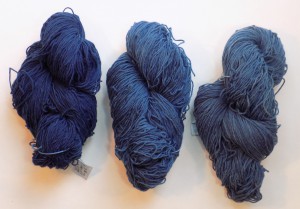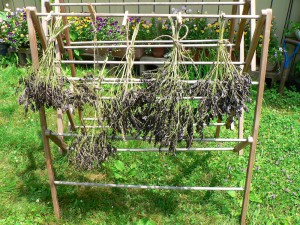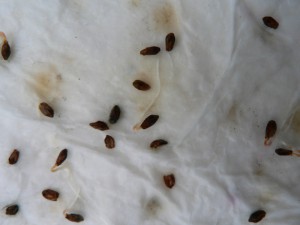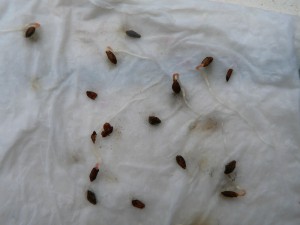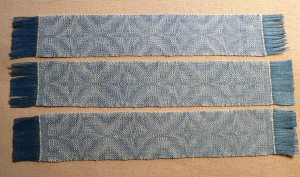Life has been very busy. Back in July I kept thinking, “July is the month of everything.” Dye plants blooming, flax needing to be harvested, NEH summer institute, NEWS, family weekend at Queen Lake, hiring a new co-worker at school…. I did a lot, but since I can’t do everything, I had to let a lot of things go. No goldenrod or Queen Anne’s lace dye baths this year, and I missed Peggy Hart‘s talk on the history of NEWS, for example. (12/30/2023 Edited: Here are updated links to the National Endowment for the Humanities Summer Institute and New England Weavers Seminar.)
Then when August came, I thought, “No, August is the month of everything.” Even *more* dye plants blooming, flax *really* needing to be harvested, prepping for school, getting to know my new co-worker…. I did a lot, but ditto July. I had to let a lot of things go. No flax retting experiments. No purple loosestrife or black walnut experiments, despite an absolutely ridiculous abundance of wild dye plants. Very few orange cosmos flowers were collected and frozen. No woad was cut or dyed with. The flax and linen study group website was not updated. Continue reading “The Hurrier I Go” →

